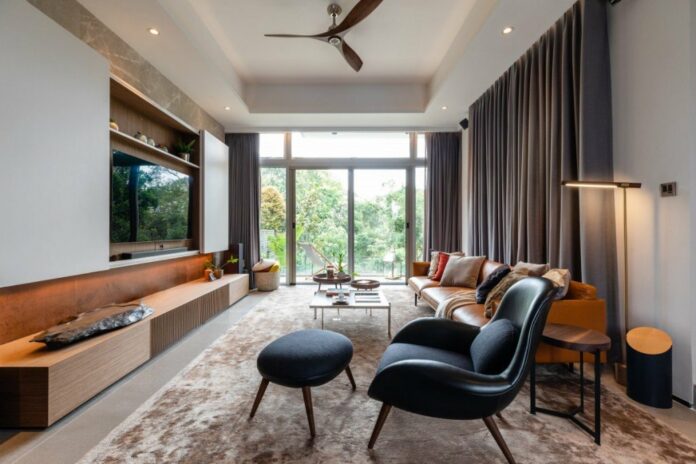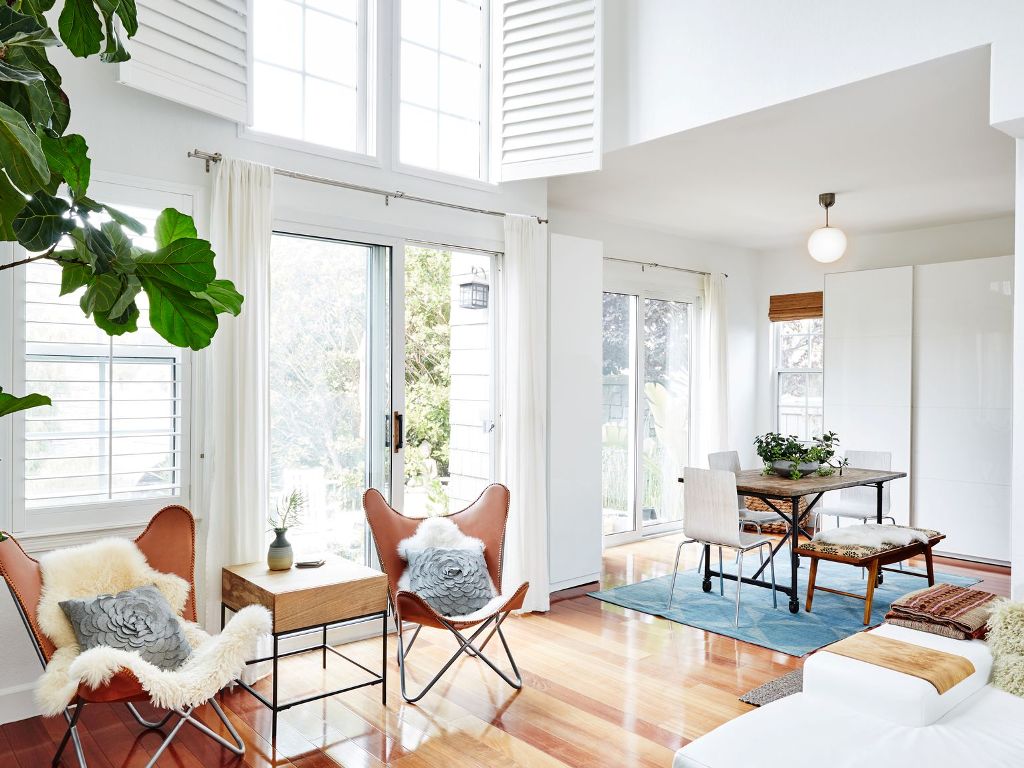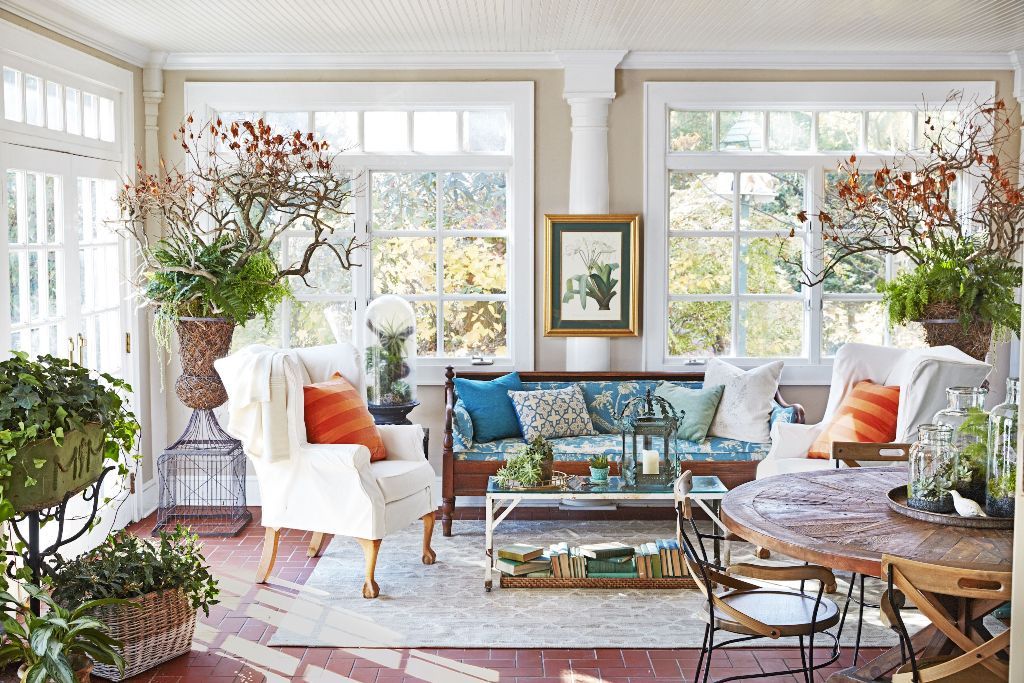Countless studies have shown that certain home design elements can trigger either positive or negative emotions. One particular study by the University of Minnesota shows that the height of the ceiling can affect the mood of a person. The report also shows that a higher ceiling increases creativity, focus, and mood. Not to mention, industry experts make use of these findings to create positive responses and wellness-centered home interior design.
The goal here is to design a house that is free of dangerous materials and toxins, something that can provide an optimal state of well-being, thus putting a smile on everyone’s face. This includes free circulation, indoor air quality, natural light, and safe stairs. Here’s how to make your house healthy with both wellness design and architecture in mind.
Wellness Function of Each Room
Industry specialists, J Fisher Interior Design says that every homeowner is different and has a unique story to tell through the designs they choose for their homes. The design and purpose of a room can make you experience certain emotions the moment you walk into it. When you consider the way a room makes you feel and how the design will play into these emotions, seek inspiration from platforms that focus on your ideal functions. There are certain perspectives about wellness-based interior design that both experts and homeowners agree upon. For example, a bedroom should have a relaxing and calm atmosphere that’s free from any signs of clutter and distractions. This means it is not ideal to put a TV in your bedroom.
Also, the kitchen should have eco-friendly appliances. Most contemporary interior designers and architects acknowledge the effect of room design in people’s emotional and physical well-being, making the wellness function of a space a priority in their work.
Design Personal Space
The average American spends 87% of their lifetime indoors; Thus, using natural and organic materials is a vital factor in creating a green and wellness-based home. The first thing to consider is not to use paint that contains VOC content. These materials emit gasses harmful to the eyes and respiratory system. Instead, opt for natural materials such as stone, bamboo, wood, and eco-friendly fiber.
For better mood-enhancers, use shades of pink, lavender, blue, yellow, or green. You can also add plants to naturally improve your mood and the quality of air. In addition, allow natural light to penetrate your home through windows and skylights.
When you think about the true meaning of “home,” it should be a place where you can be happy, safe, and healthy. With the right foundation, you can use the power of interior design to create a home that is beneficial to your health and well-being. All it starts with is making sustainable choices.




















